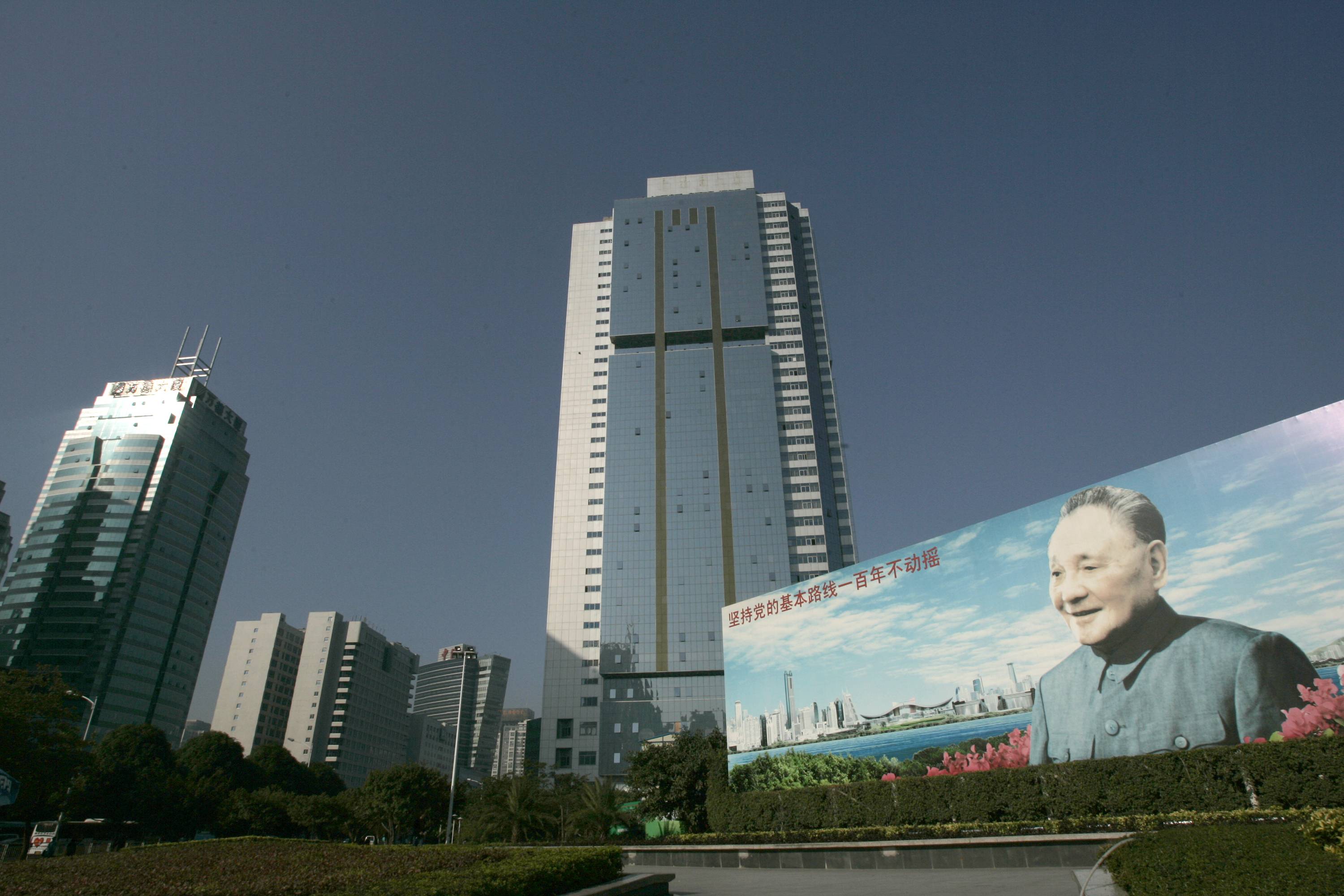Early this month, on the 40th anniversary of Shenzhen’s designation as a special economic zone (SEZ), Chinese President Xi Jinping unveiled a blueprint for building the city into a trade, finance, and technology hub. Most China-watchers have focused on what this means for Hong Kong, Shanghai, or at most the Guangdong-Hong Kong-Macau Greater Bay Area. But such narrow assessments fail to capture the true significance of Xi’s plans for Shenzhen.
In fact, Xi’s tour of the Guangdong province, which culminated in his speech in Shenzhen, was reminiscent of Deng Xiaoping’s famous 1992 southern tour, during which he delivered a series of speeches that formed the foundations of Deng Xiaoping Theory. In this sense, it may well mark the beginning of a new era of China’s “reform and opening up.”
It was Xi’s own father, Xi Zhongxun, who, as the Guangdong province’s first Communist Party secretary, played a central role in establishing the initial SEZs in Shenzhen, Zhuhai, Shantou, and Xiamen (with Hainan added later). At the time, the chaos of the Cultural Revolution had pushed China’s economy to the brink of collapse. With Guangdong facing severe food shortages, its residents were fleeing to Hong Kong.



